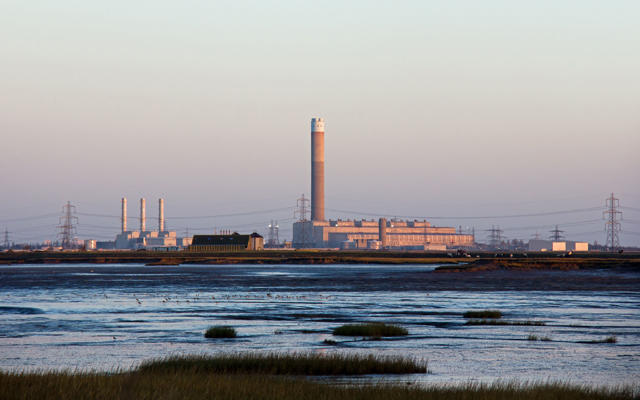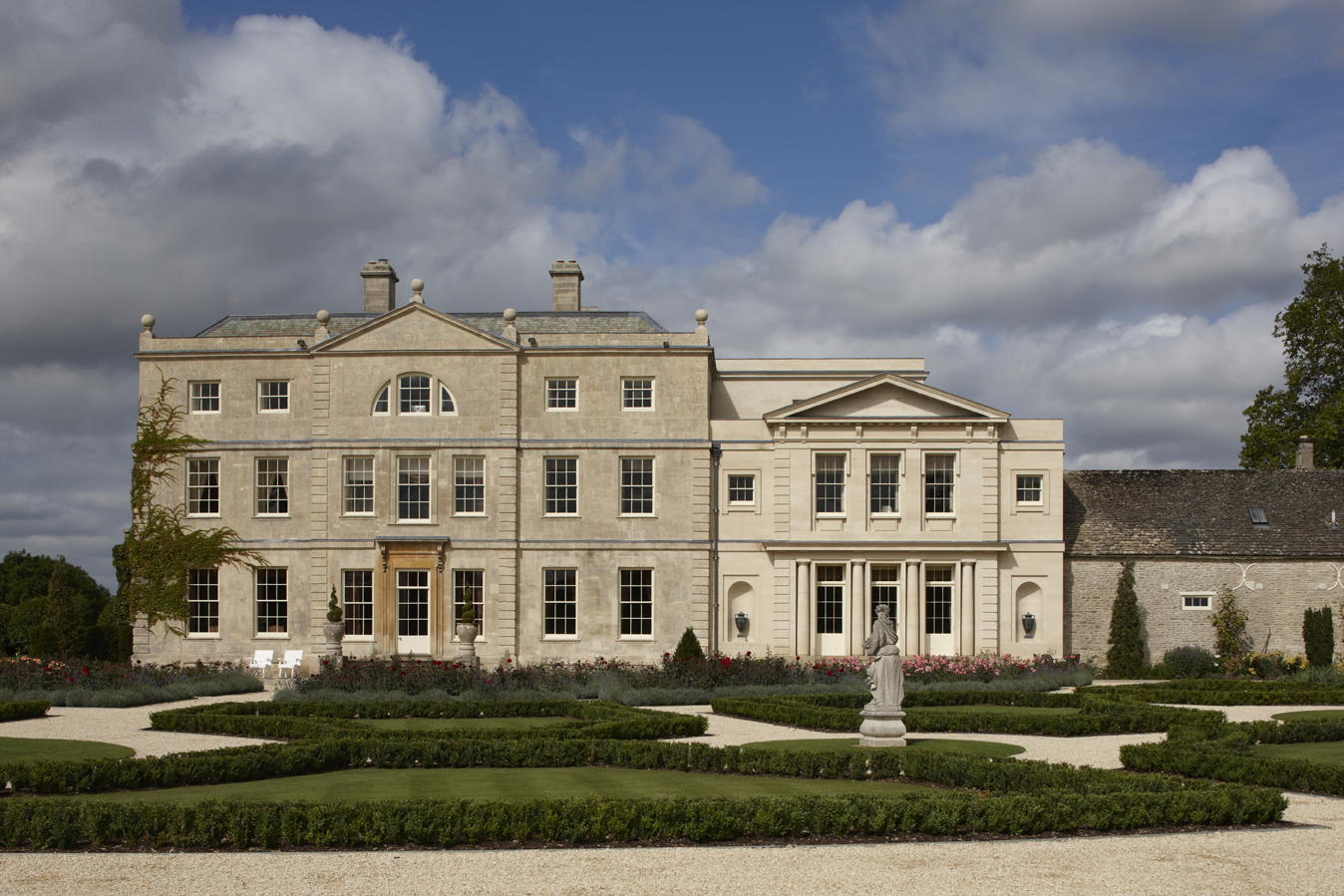Birds could crash airport plan for Thames Estuary
Water birds in the Thames Estuary could put an end to Boris Johnson’s proposed airport in the area


The water birds that amass in their thousands on the Thames Estuary could prove a significant hindrance to Boris Johnson’s proposed airport. The British Trust for Ornithology (BTO) warns that, although the project on the Isle of Grain could go ahead on the basis of overriding public interest, the Habitats Directive clause can also legally demand that an area twice the size of the site about 3,400 hectares (8,400 acres) in this case would have to be found as compensatory habitat. This would be a considerable not to say impossible challenge because the new habitat usually has to be in place before building starts and it takes years for birds to colonise new places.
The Thames Estuary is the UK’s fifth most important wetland for birds, behind the Wash, Ribble Estuary, Morecambe Bay and the north Norfolk coast; it supports more than 140,000 waterbirds, with some 21,000 using the proposed airport area of 1,700 hectares (4,200 acres). ‘There’s one hell of a lot of birds there and you’d have all sorts of problems with them flying into planes,’ points out a BTO spokesman.
‘Sometimes, you’re allowed to replace habitat with something different, as in Cardiff Bay when it was flooded, but we don’t have the experience in this country to do anything on this scale.’
The BTO has released its annual wetland bird survey an enormous task carried out by volunteers across 2,631 UK wetlands in 2012/13 and some results are perplexing. The shelduck, redshank and curlew show marked declines and the pintail, which is mainly found on the Dee Estuary, could be red-listed when the next round of Birds of Conservation Concern is published. However, the garganey, a little known migratory duck, was found in its greatest ever numbers 127 on the Ouse.
‘The UK is generally a magnet for birds, but my suspicion is that a lot are staying in Eastern Europe, not needing to come this far, and that patterns are changing with the climate,’ explains the BTO’s Graham Austin. ‘There’s not really anything going on here except warmer winters, which should benefit birds. Legal protection has increased over the years.
There are cases of increased human activity, such as jet-skiing and walking, but those would have only a localised effect. We’ve done a good job in cleaning up beaches, but then the raw sewage you used to get attracted the invertebrates that some birds like. You can’t win. I think the real clues lie in what’s going on in the breeding grounds, which we don’t know enough about.’
In the light of declining numbers of kittiwakes and Arctic terns, the Scottish Government is designating 14 Special Protection Areas for seabirds and 30 Marine Protected Areas (MPAs), including the Firth of Forth. Six of the MPAs are for black guillemots and three are for sandeels.
Exquisite houses, the beauty of Nature, and how to get the most from your life, straight to your inbox.
Illustrations by Robert Gillmor from his new book, ‘Norfolk Bird Sketches’ (Red Hare Publishing, £15.95)
Going Down
Whooper swan Mallard Pochard Eider Dunlin Ringed plover Golden plover Turnstone Redshank Curlew Oystercatcher Grey plover Sanderling Lapwing Great crested grebe Little grebe Herring Great black- backed gull
Going up
Snipe Avocet Gadwall Garganey Black-tailed godwit Great white egret Spoonbill Stable Pink-footed goose Greylag goose Goosander Bar-tailed godwit Knot Purple sandpiper Little egret Mediterranean gull


